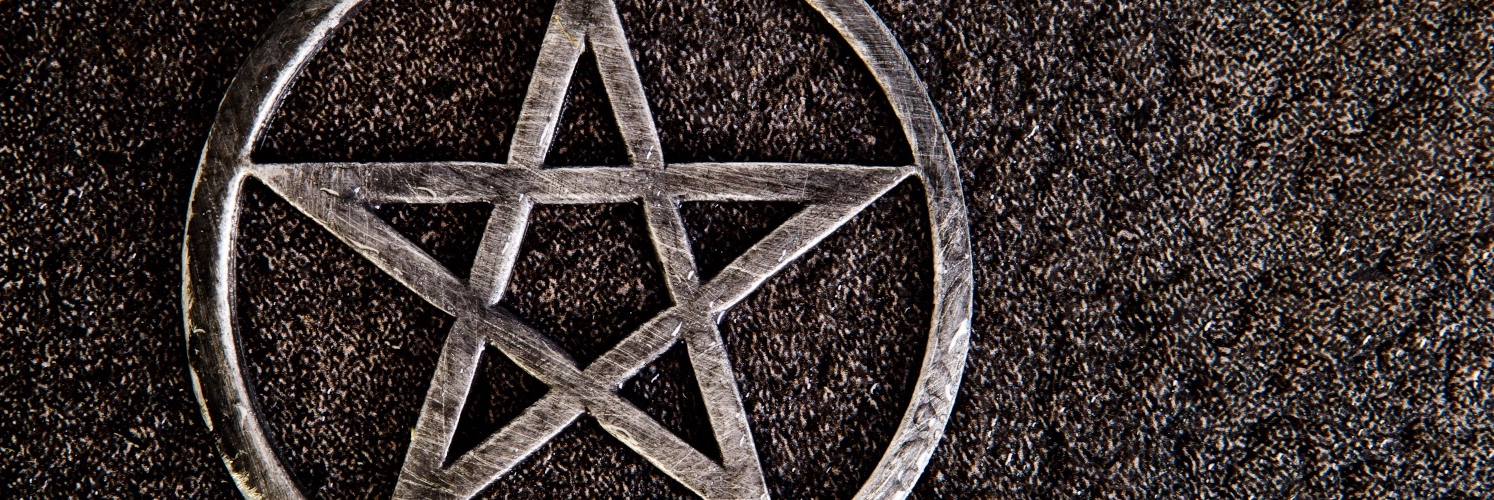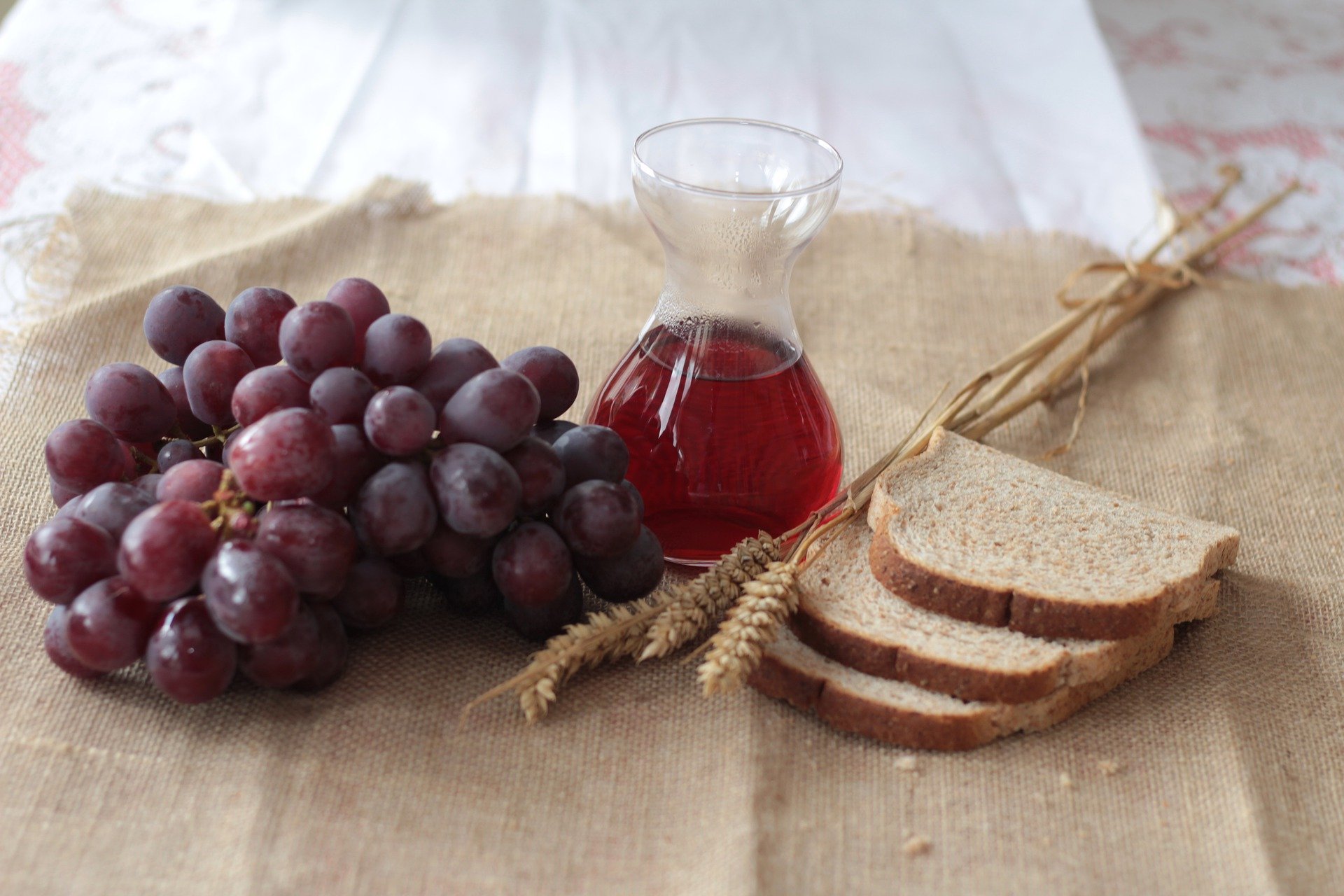The ritual of Cakes and Wine (also called Cakes and Ale or the Simple Feast) seems like it was ripped directly from the Christian Eucharist. And to a certain extent, it was. The early practitioners of Wicca were brought up in the Church of England, where weekly Communion is a hallmark of the faith. But Wiccans aren’t trying to recreate the Last Supper in the ritual of Cakes and Wine. The ritual serves a different purpose, one that is wholly Wiccan in focus.
It took me years of practice before I truly understood the reasons for the ritual of Cakes and Wine. Like many practitioners, I felt like it was a relic of Christian practice that hadn’t been shucked from the tradition. After all, there’s bread (or cookies, or cake, or some kind of grown-from-the-earth substance) and wine (or juice, or mead, or what have you) and we consume them after they’ve been blessed by the priestess and priest. It seemed too Christian for comfort. It wasn’t until I analyzed the theological function of both the Christian Eucharist and the Wiccan Cakes and Wine that I realized they serve very different ritual functions.
Cakes: The Manifest Force of Creation
In the Christian Eucharist, the bread element symbolizes the body of Christ, made incarnate by the power of God through the Virgin Mary. By consuming it, one recalls the Last Supper in which Christ told his disciples that whenever they eat bread they should remember him. But what are we meant to remember? Specifically the mystery that God came to Earth in the form of a man.
In the Wiccan Cakes and Wine, the bread element symbolizes all that lives and grows and dies to sustain others. Some people view it as the body of the dying-and-reborn God in his aspect of Lord of the Harvest. Others view it as all that which is created, including us as human beings. Whatever the symbolism, it’s meant to recall that life is not permanent and death is necessary to support life. By consuming it, we are participating in the mystery of life and death which connects all things to one another.
Wine: The Lifeblood of the Cosmos
It is important to note that, while in the Eucharist the bread is blessed first, in Cakes and Wine the wine is blessed first through the performance of the Great Rite In Token. In the Eucharist, the wine symbolizes the blood of Christ, shed to forgive the sins of the world. By consuming it, one recalls the mystery of the Baptism: what whoever believes in Christ will have their sins forgiven.
In Cakes and Wine, however, the wine symbolizes the creative, animating force that gives life to all things. It resides in the Chalice (the symbol of the Divine Feminine) and is enlivened by the Athame (the symbol of the Divine Masculine), but the wine itself symbolizes all expressions of life in infinite diversity. By consuming it, we recognize and reaffirm the divine spark within us and the connection we have to the Divine.
The Purpose of the Ritual
In my tradition, we consume the wine first, recalling our connection to the Divine Source. Then we consume the cakes, recalling our connection to all living things and our place in the Circle of Life. As we do this, we become more aware of our bodies, becoming grounded from the energies we’ve raised in the Circle up to that point in the ritual. It’s also a moment to relax and know that the work we’ve accomplished — whether it be a spell or a blessing or some kind of rite of passage — was done well and that we’re in good company, not only with those physically present but also with the Ancestors, the Familiar Spirits, and the Mighty Forces. Once Cakes and Wine is concluded, we begin the process of taking down the Circle.
Contrary to the Christian Eucharist, which is designed to reinforce the idea that Christ died for one’s sins and that the communicant is assured of an everlasting life after death, the Wiccan ritual of Cakes and Wine is designed to remind the participants that they are a child of the Divine and that they share the Spark of Life with all things and that all things live and die and live again as part of the mysterious cycle of death and rebirth. One is focused on a single blissful afterlife and the other on a complex, multifaceted cycle of reincarnation.
Both the Christian Eucharist and the Wiccan Cakes and Wine are powerful rituals, steeped in symbolism and magick. Once understood, they can be emotionally and spiritually moving experiences for those who participate in them.

